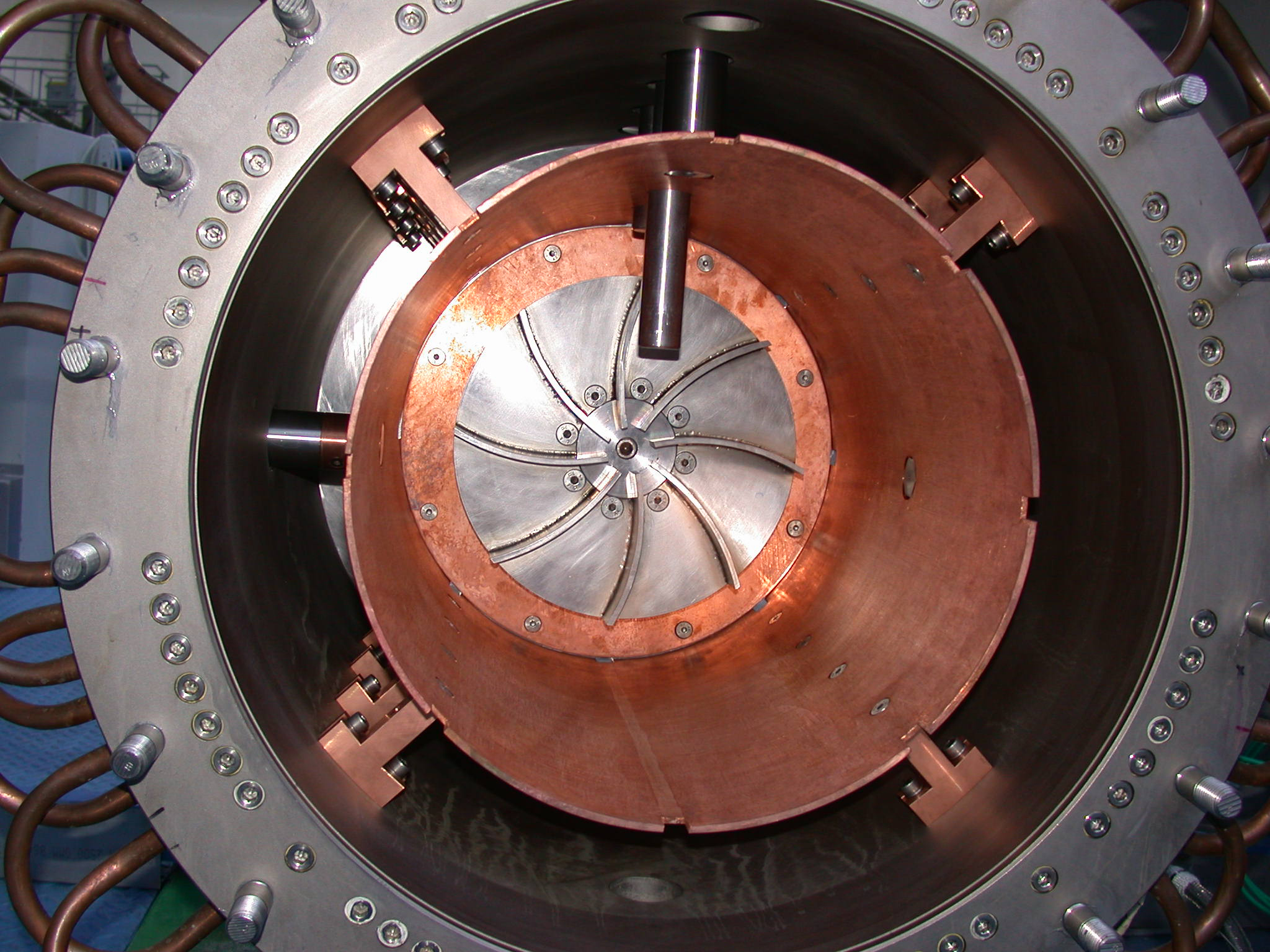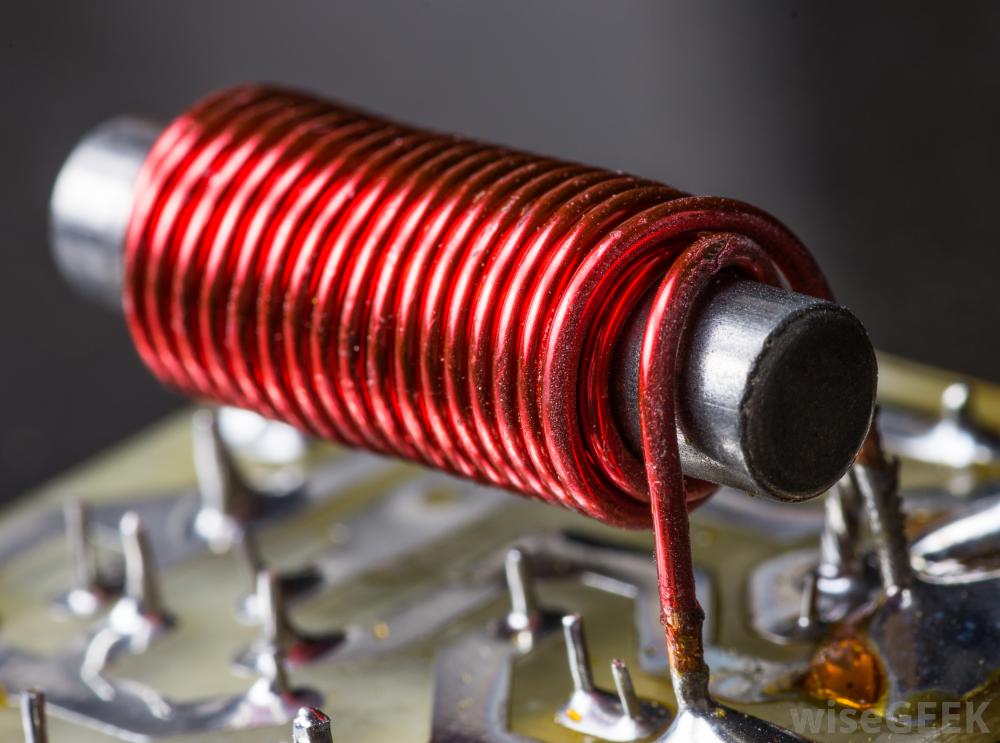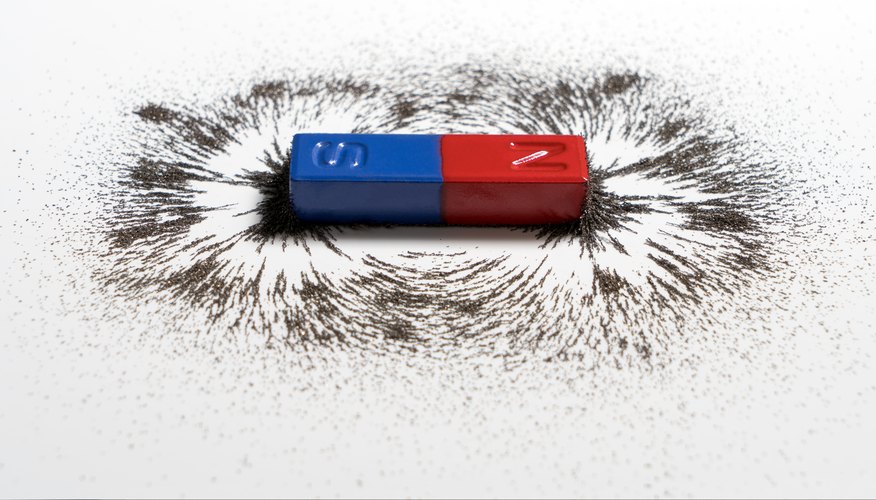Many Moving Melting Metal YouTube

47. Melting point, Bond dissociation energy, and Bond energy
Subsequently, the field of application of electro-magnetic pulse (EMP) was significantly expanded. The authors note that the metal melt was processed by PMF with the parameters 75hI·A and 6kI·Hz (here hI and kI, which describe the characteristics of the machine, are the coefficients of the pulse generator and remain constant). The ingot.

A Step By Step Guide on How to Melt Metal
Electromagnetic metal casting (EMC) is a casting technique that uses electromagnetic energy to heat metal powders. It is a faster, cleaner, and less time-consuming operation.

Physics Molten Metal
The copper wire has a significant amount of AC electricity running through it, causing it to act like a really strong electromagnet. In the metal slug, eddy.
17 Metals With the Highest Melting Points (and Why) Materials Science
Best Metal Melting Furnace 1. USA Cast Master GG 5000 SS (review) 2. TOAUTO 3kg 1400W (review) 3. FASTTOBUY 6kg (review) 4. Cast Masters GG 10-12kg (review) 5. CANALHOUT 6kg Kit (review) Jump To… Top 5 Metal Melting Furnaces Why Use a Metal Melting Furnace? Benefits Choosing the Right Furnace 1. Fuel Type 2. Capacity 3.

Melting Metal with Induction
1. Electric furnaces are offered with holding capacities from 1,200 to 20,000 lbs. These metal capacities allow for maximum drawdown prior to recharging. 2. The furnace is capable of "melting back down" if a metal freeze-up occurs due to extended power failure. The time frame of the re-melt depends on metal temperature and holding capacity.

melt metal with field, Electronic and
A simple electromagnet consisting of a coil of wire wrapped around an iron core. A core of ferromagnetic material like iron serves to increase the magnetic field created. The strength of magnetic field generated is proportional to the amount of current through the winding. Magnetic field produced by a solenoid (coil of wire). This drawing shows a cross section through the center of the coil.

Flexitune Levitation Melting YouTube
Abstract The necessity of studying the stirring of liquid-metal components to form homogeneous alloys is substantiated. A mathematical model is developed for the electromagnetic stirring of alloys produced in an electric arc furnace. A special-purpose experiment is carried out to test the proposed model. The results of calculations and experiments performed on a small electric arc furnace are.

What Makes a Stick? The Science Behind
The purpose of this review is to: (i) give an overview of the main EPMs used in the manufacture of bulk ceramic or metals components; and (ii) to generalize physical effects (field/current effects on matter) within EPMs.

Which part has the maximum attraction in a Infinity Learn
84 Comments by: Brian Benchoff April 8, 2012 built by [bwang] over on Instructables. It gets hot enough to melt and forge steel, iron, and aluminum. this induction heater from a few years ago. A.

Melting Points of Different Metals
The main advantage that attracted the attention of researchers was the lack of contact of liquid metal with refractory lining, which ensured the elimination of one of the main sources of metal contamination by such a harmful impurity, such as oxygen. This is especially important for melting refractory and highly reactive metals and semiconductors. Compared to other melting methods, which also.

Melting Metal
The details of the ARPES and trARPES experiments, as well as a short introduction to the CDW physics in TbTe 3, are presented in ().First, we used ARPES to characterize the charge dynamics of the CDW system TbTe 3 in thermal equilibrium. TbTe 3 is a member of the RTe 3 family of compounds that exhibit a FS nesting-driven CDW formation (4, 7, 8).The diamond-shaped normal-state FS of RTe 3 can.

levitation melting of aluminium (MHD simulation) YouTube
Induction heating is the process of heating electrically conductive materials, namely metals or semi-conductors, by electromagnetic induction, through heat transfer passing through an inductor that creates an electromagnetic field within the coil to heat up and possibly melt steel, copper, brass, graphite, gold, silver, aluminum, or carbide.

Metal Melt & Pour Life of a Casting Reliance Foundry
In industrial practice, various methods of external influences on metal melts are used. For example, vibration processing, exposure to ultrasound, and other physical fields. The main purpose of such influences is purposeful grinding of the metal structure, which contributes to the improvement of mechanical characteristics. The article presents an overview of research on pulse processing of.

Melt metal with Physics Science Experiment YouTube
The Electric Metal Makers Guild is an international organization of electric melting furnace operators. The purpose of the Guild is to promote the development, manufacture, and use of metals produced, refined, or treated, wholly or partially, in electric melting furnaces. Its mission is to assist the metal melting industries through the.

Melt metal tools with electric shock Experiment Crazy Transformator
A high magnet flux density was observed in the melt near the electromagnet to which a strong current input. The case 3 condition shows larger magnetic flux density than the cases 1 and 2 due to the activated 6-pole electromagnets.. The distribution of the magnetic volume force formed in the molten metal, which is the source force of melt.

melting metal? YouTube
Smelting is the process of removing a metal element from mined ores. Most metals are found as veins in rocks, or as parts of other elements. Smelting is the first step of extraction. Melting is what is done with metal alloys or pure metals. Scrap is melted, ore is smelted. Pig iron is the rough iron ingots created from iron ore smelting.